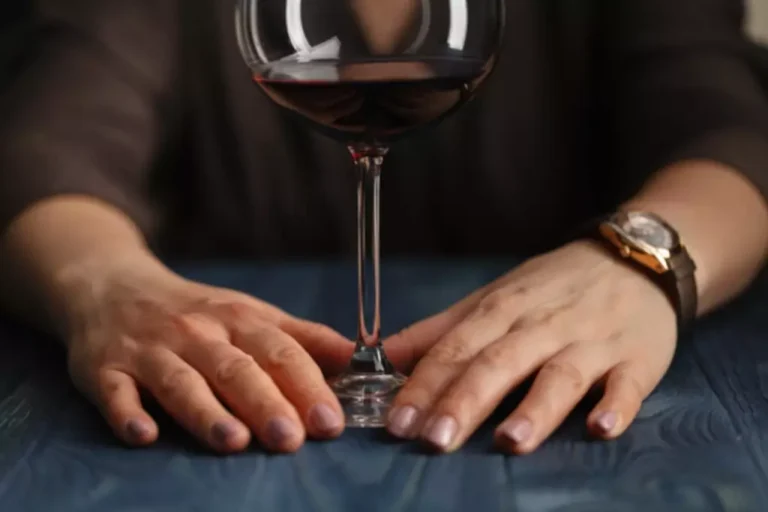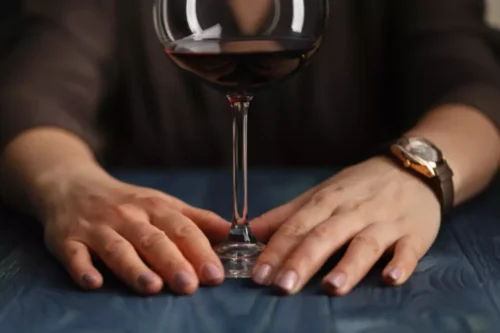
By 18 months nearly all had left, yet improvements were for the most part maintained. CSLT is located in Sacramento County California and consists of 16 houses with a 136 bed capacity. Phase I lasts 30 to 90 days and is designed to provide some limits and structure for new residents. Residents must agree to abide by a curfew and attend at 12-step meetings five times per week.
How Legality Impacts Addictions
Beer was brewed domestically for thousands of years before its commercial production, although its legality has varied according to local regulation. Homebrewing is closely related to the hobby of home distillation, the production of alcoholic spirits for personal consumption; however home distillation is generally more tightly regulated. After oral ingestion, ethanol is absorbed via the stomach and intestines into the bloodstream.
- Most residents enter the houses after residing in a short term homeless shelter located near the program.
- Alcohol consumption in the US Military is higher than any other profession, according to CDC data from 2013–2017.
- They can give you a pleasurable “high,” ease your stress, or help you avoid problems in your life.
- Some programs created halfway houses where clients could reside after they completed residential treatment or while they attended outpatient treatment.
Gastrointestinal effects
So if both are the same in terms of what they do to the brain, what’s the best way to recover the normal structure of a healthy brain? For addictions and chemical dependences to street drugs, prescription drugs, designer drugs, tobacco, and alcohol, by far the best way to break the habit is detox and rehabilitation. If you or a loved one has a problem with any kind of drug Alcoholics Anonymous (alcohol included), you should seek help before more damage is done, to the person’s brain, life, and relationships. Outpatient programs in low income urban areas might find the Options Recovery Services model of SLHs helpful. Relative to the other housing programs, this model was inexpensive and the houses were conveniently located near the outpatient facility.

Recovery Philosophy in Sober Living Houses

In the subheading, “drugs” refers to drugs such as heroin, painkillers, and cocaine. Heroin users describe feeling like they are “covered in a warm blanket where worries are gone”, while =https://ecosoberhouse.com/ cocaine users describe feeling euphoric, with increased confidence and the desire to be with other people. Addictive substances create a high, which is brought on by the release of dopamine in the brain. When addiction occurs, the brain adapts to the substance and it no longer has the same effect, but there is a biological effect of withdrawal. The best way to prevent this interaction is by avoiding the co-ingestion of both substances or using specific controlled-release formulations that are resistant to AIDD. Mental disorders can be a significant risk factor for alcohol abuse.

National Geographic – The Science of Addiction
- Continued consumption (such as in alcohol use disorder) then leads to cell death in the hepatocytes as the fat stores reduce the function of the cell to the point of death.
- Finally, access to quality rehab programs can also be a challenge.
- Based on their assessment, they will work out a treatment plan for the person.
There are many different types of drugs, including alcohol, that can be extremely detrimental to the user. Like alcohol, drugs range from many different forms and strength levels. However, drugs such as opioids, narcotics, hallucinogens, and stimulants are illegal and can be laced with other dangerous drugs to heighten their euphoric effects. We are committed in helping individuals, families and communities achieve full recovery and freedom from drug and alcohol addiction. Much of the reasons why some people develop an addiction when others do not are unknown.
We hypothesize that barriers to expansion of SLHs might vary by stakeholder groups. Drug and alcohol administrators and operators of houses might therefore need different strategies to address the concerns of different stakeholders. There are several limitations to the study that are important to consider.
At nearly every party I attend I’m offered alcohol, the drug most likely to kill an American. No one would dare offer me meth or cocaine (well, this is Los Angeles, so maybe cocaine). That means we don’t teach anyone how to consume it responsibly, even though most drinkers start drinking long before they reach the 21-year age limit. In order for alcohol manufacturers and distributors to stay in business, they must sell primarily to heavy, problematic, addicted drinkers. This targeting is no different from drug dealers, who also rely on regular customers for most of their sales. After all, the casual cocaine user is not the one making billions for the cartels.


Alcoholics Anonymous, or AA, was the first 12-step addiction recovery program, as well as the basic model future 12-step programs were based on. Despite the fact that the scientific data of its efficacy is still somewhat debated, AA still remains as the largest community of recovering addicts in the world, as well as the first choice of many alcoholics who choose to seek treatment. Additionally, the plethora of recovering alcoholics who credit AA with their sobriety is extremely significant in defending its effectiveness. Both alcohol and drugs are beneficial to the body, but they can prove detrimental to the personal health when abused. Drugs that are depressants and are abused may cause a person to lower his or her speed and will most probably lose focus and attention.
Helping Someone with a Drinking Problem
While both alcohol and drug addiction can have devastating effects on an individual’s physical and mental health, relationships, and overall quality of life, they require different approaches to treatment and rehabilitation. These approaches are built upon years of research and have been meticulously developed to help a alcohol vs drugs wide variety of addictions. Substance use disorder is a mental health disorder in which a person continually uses drugs or alcohol even though it is causing physical, psychological, and/or personal harm.
